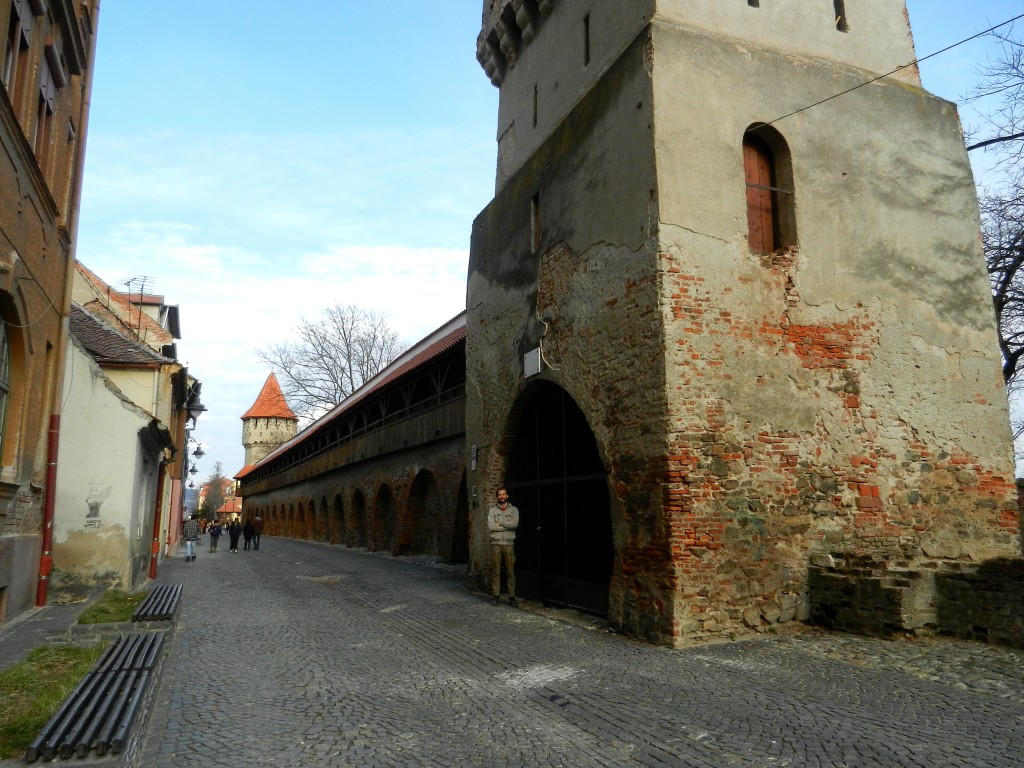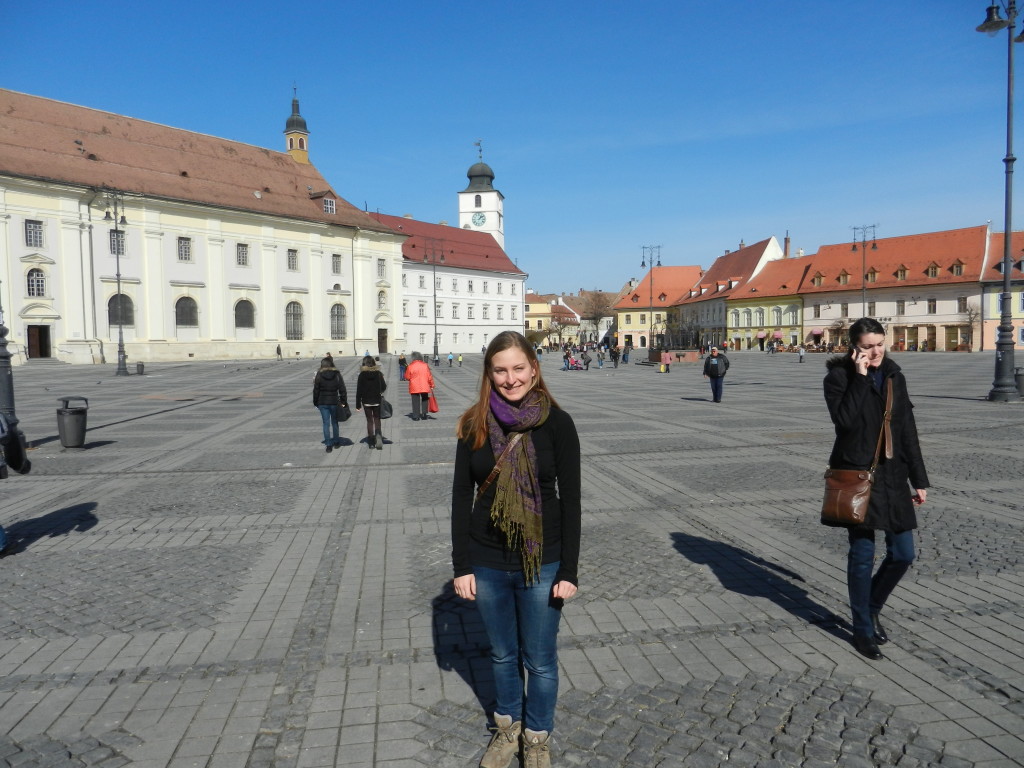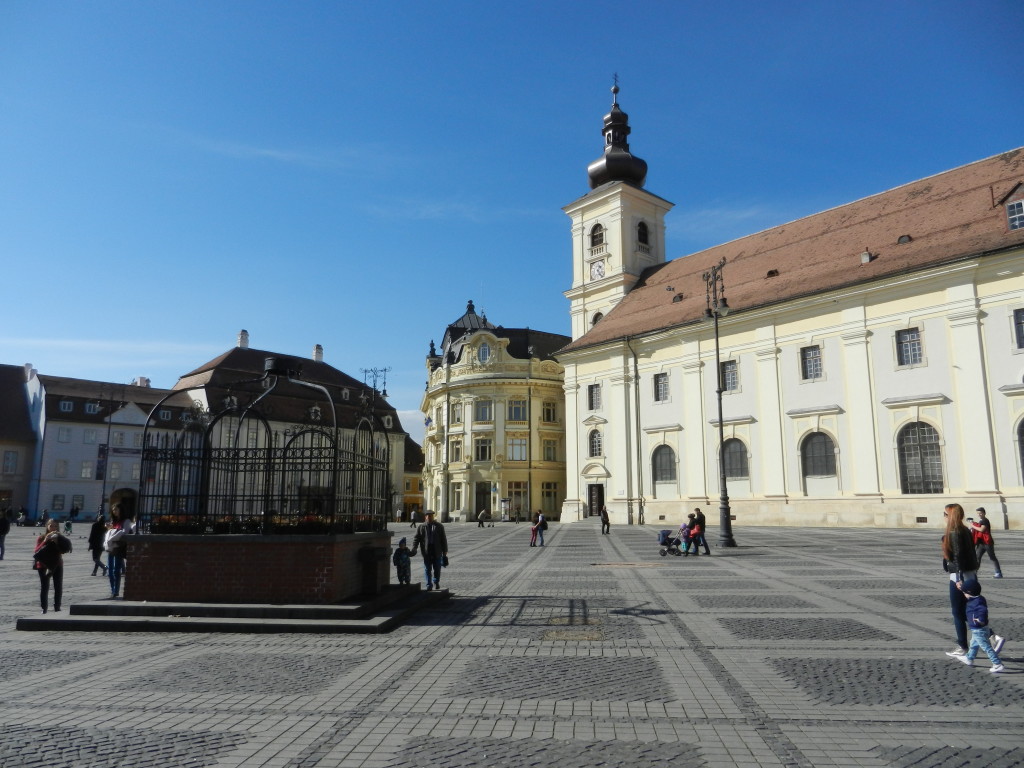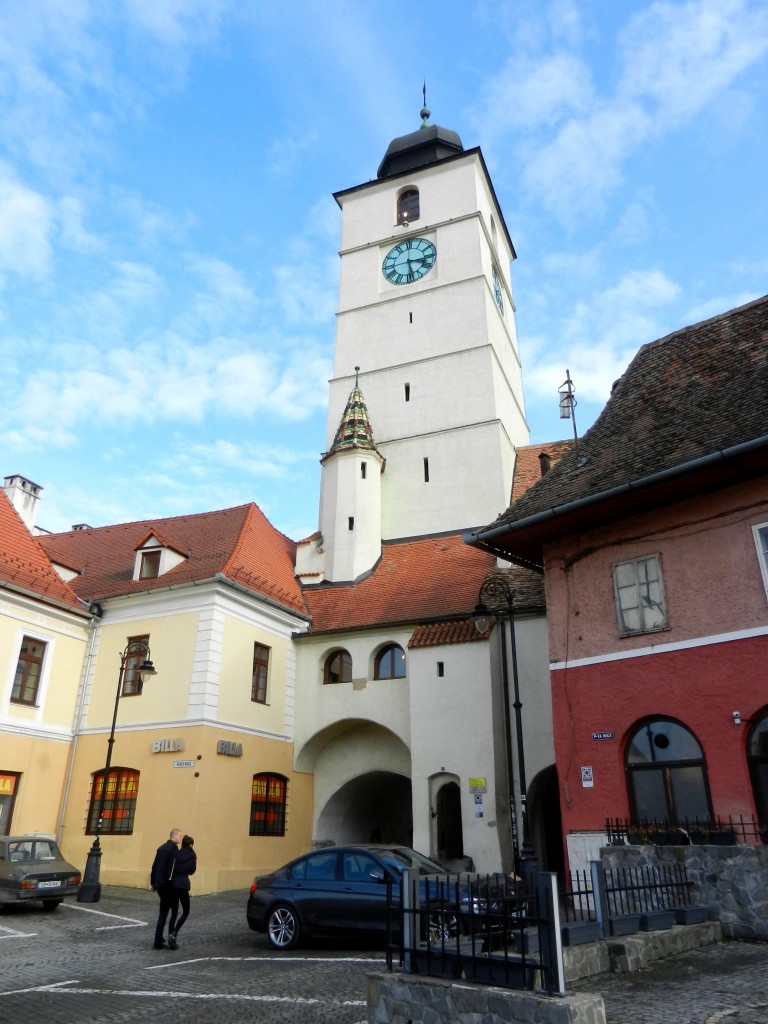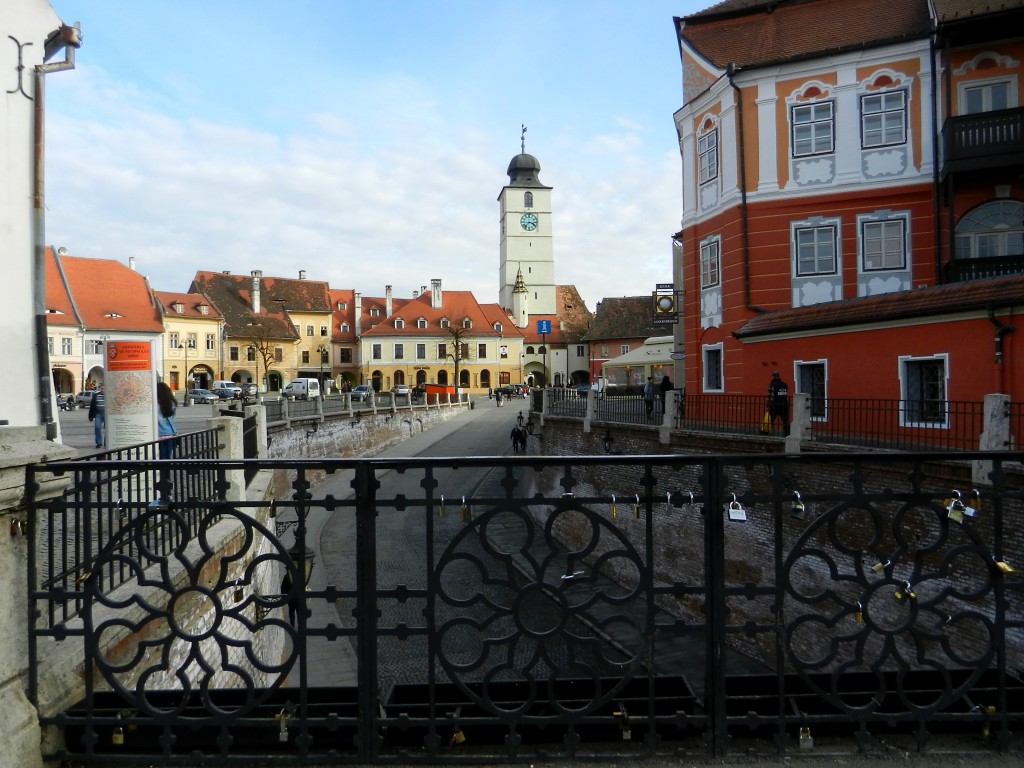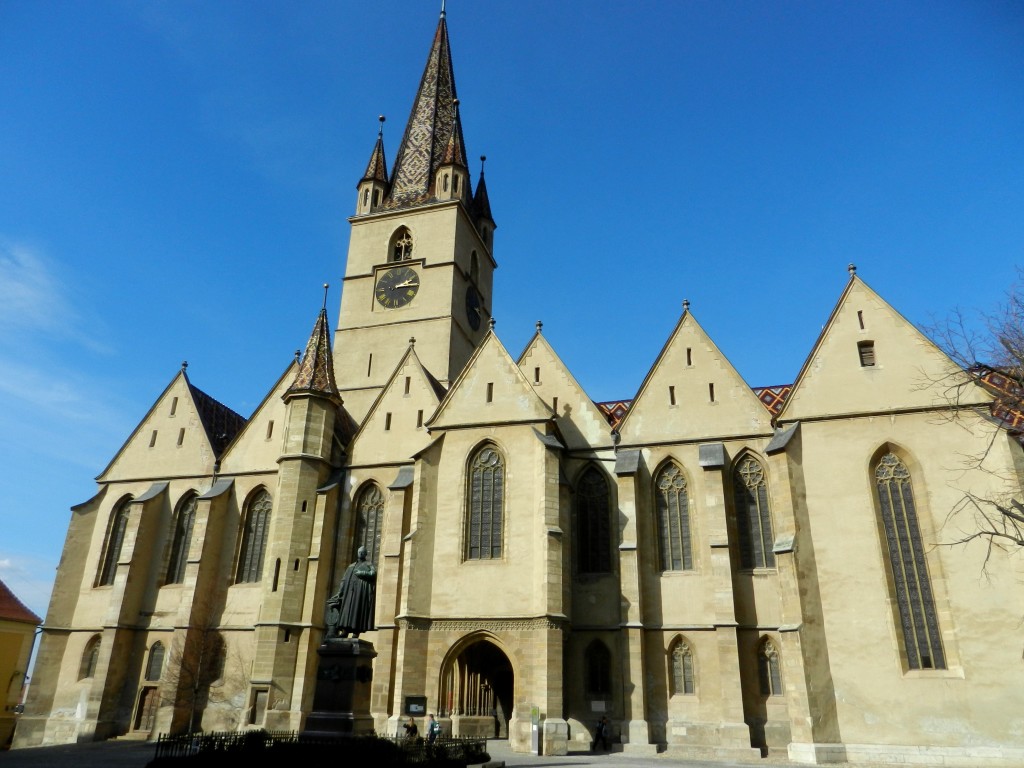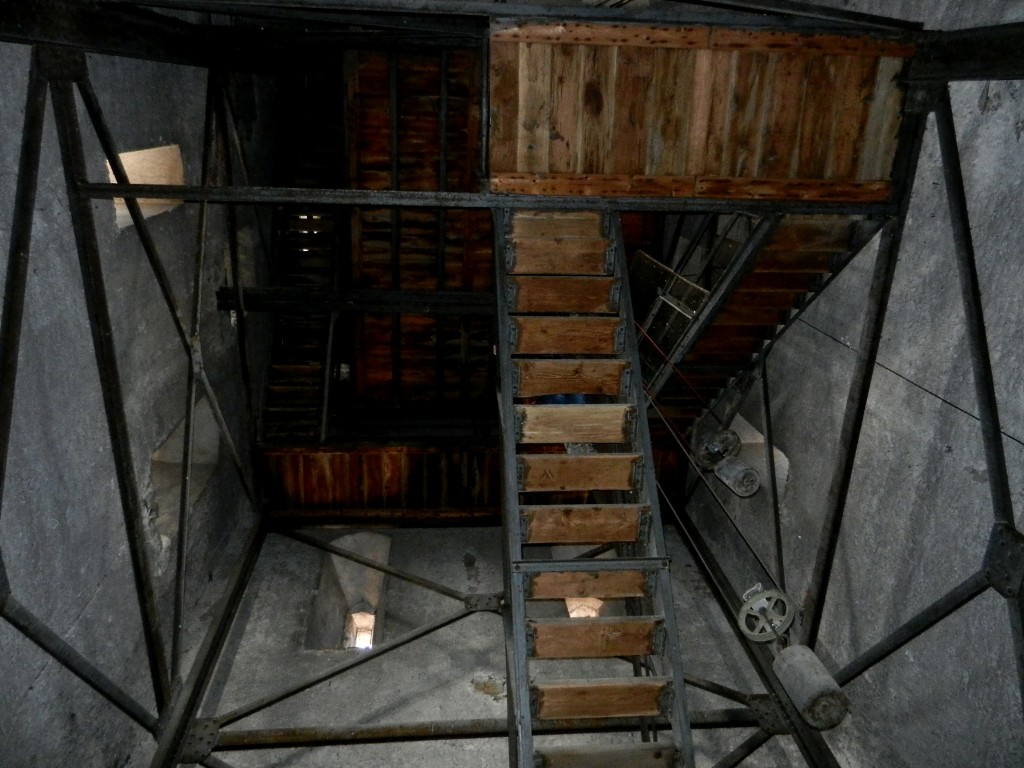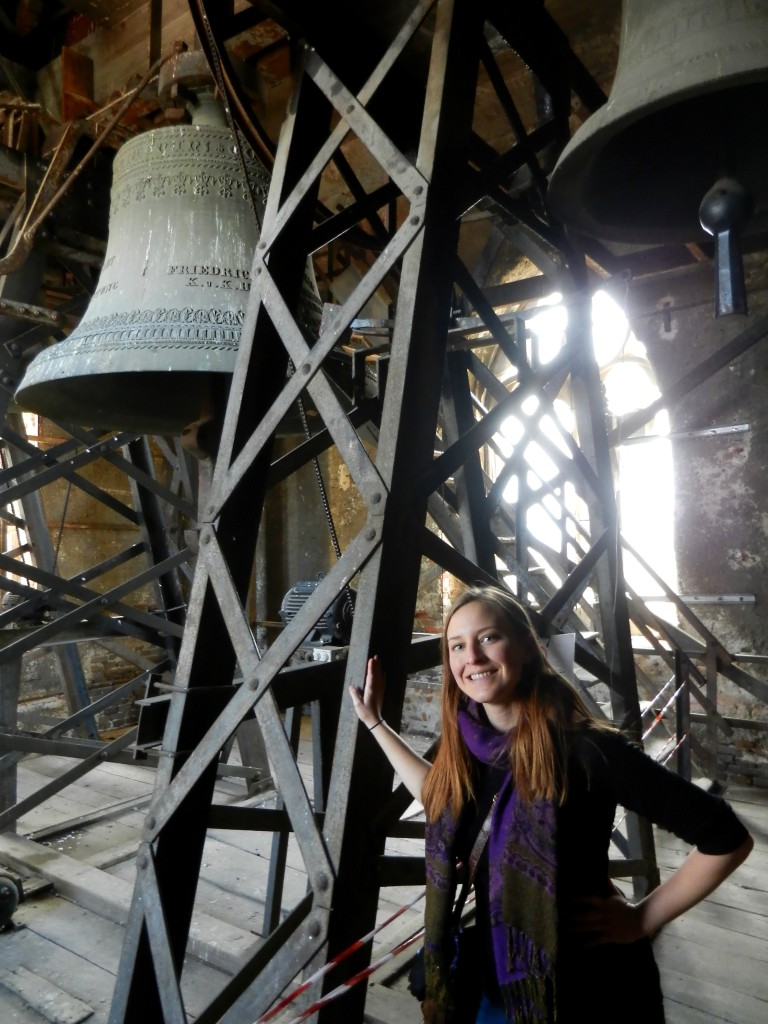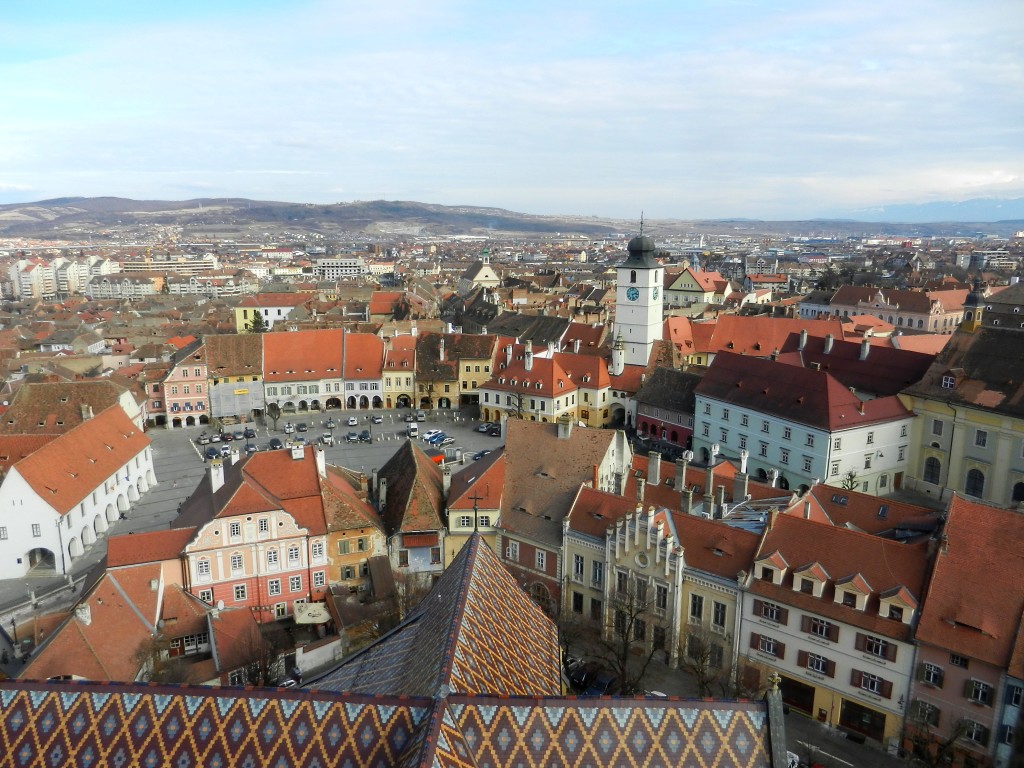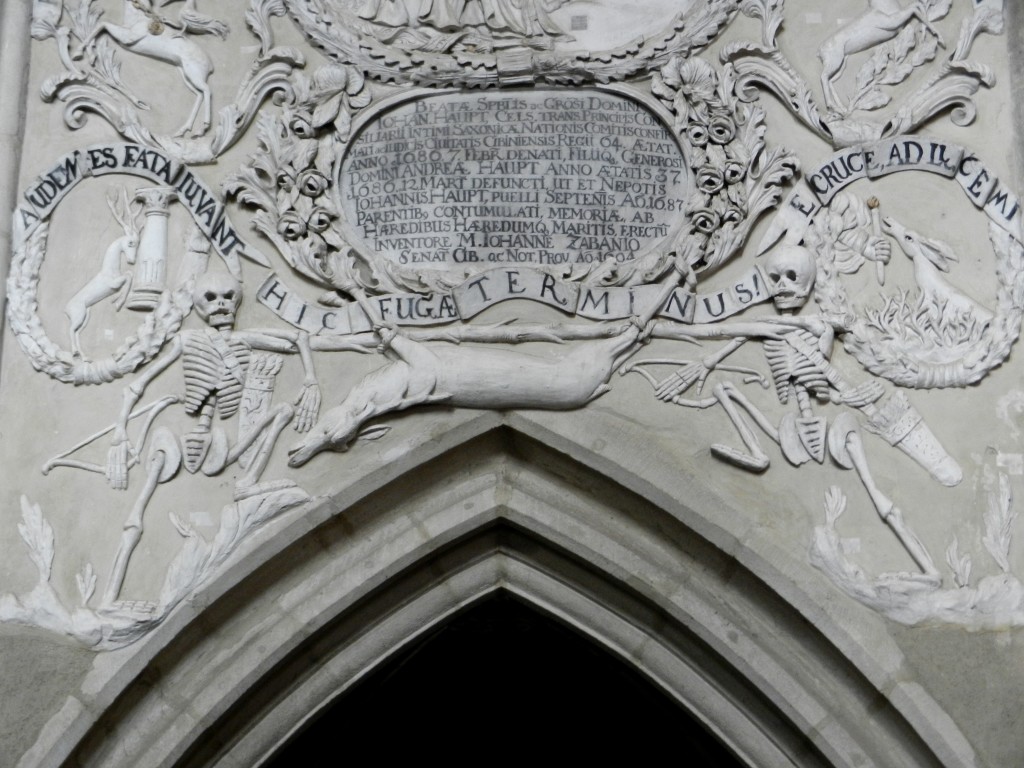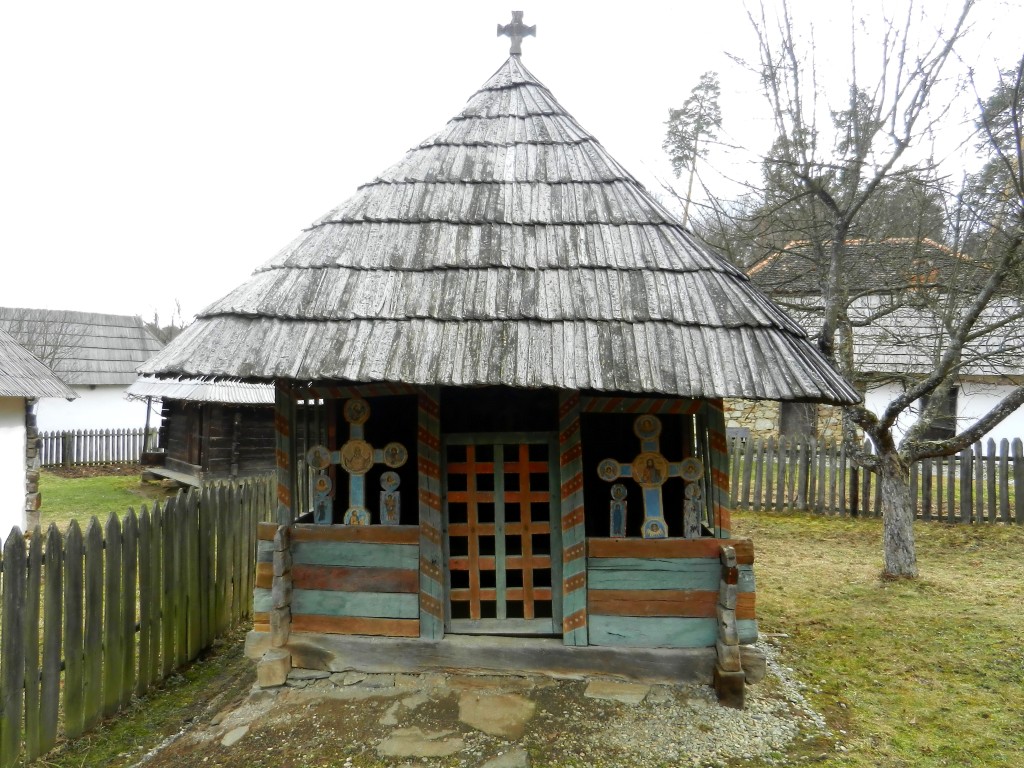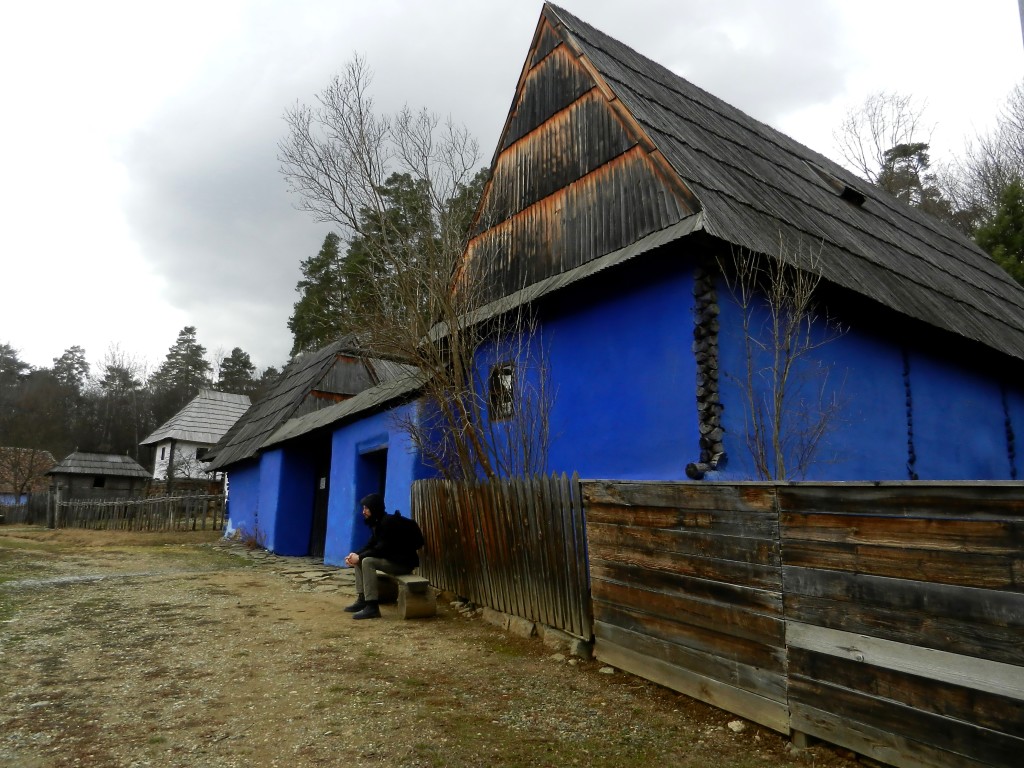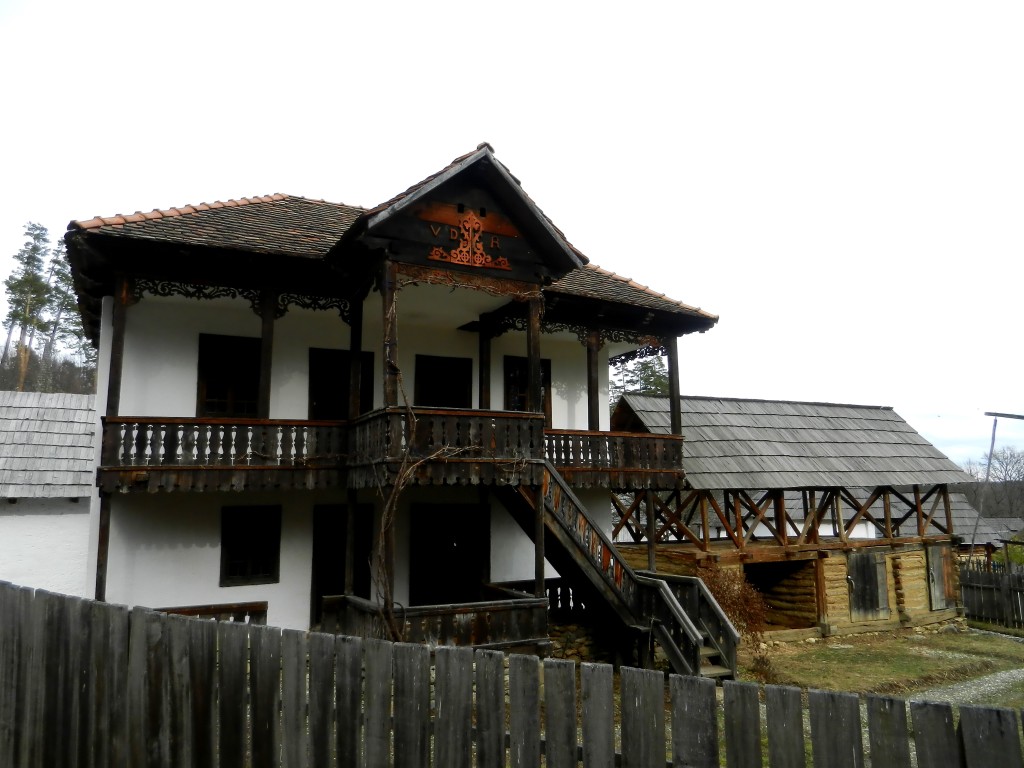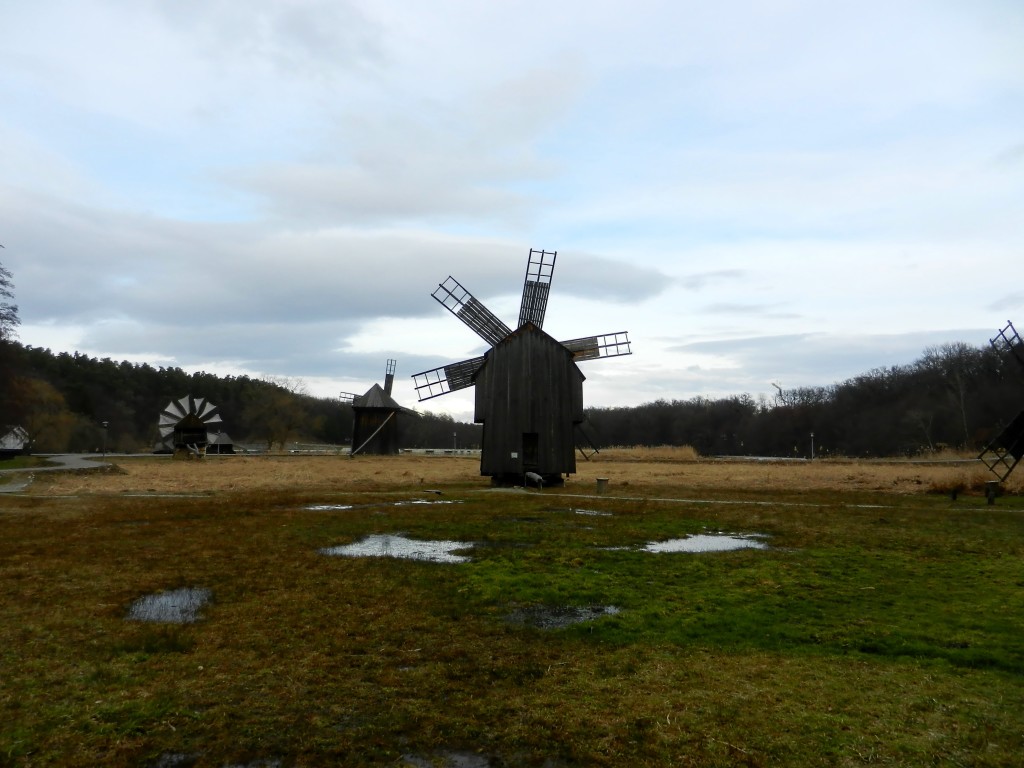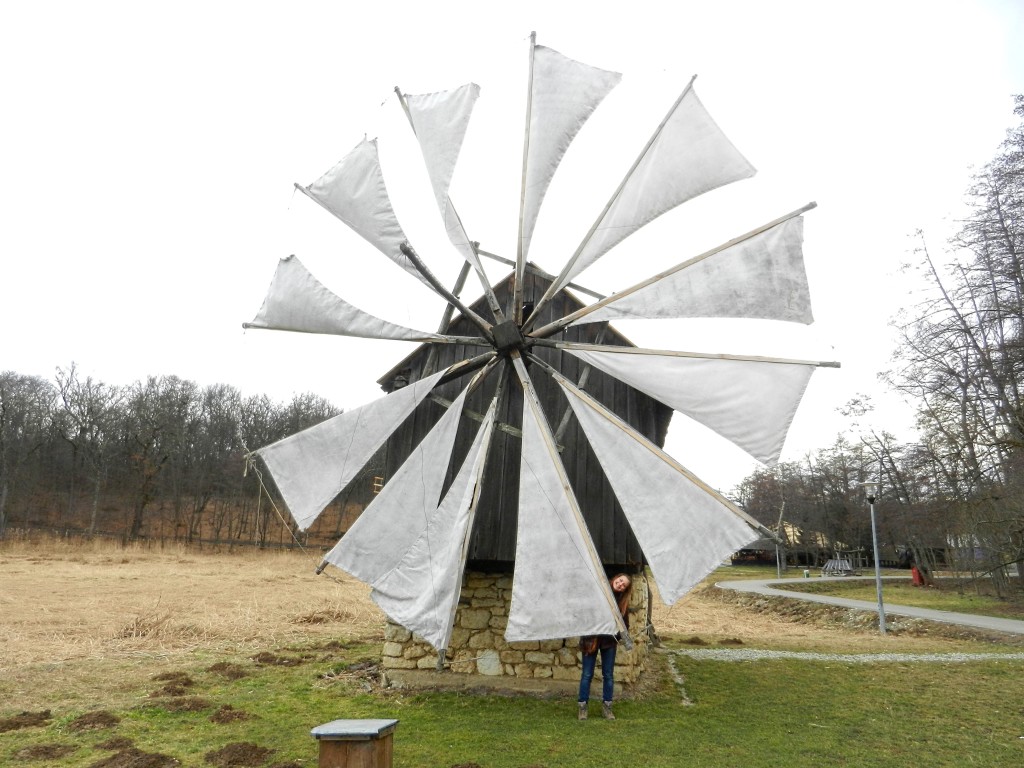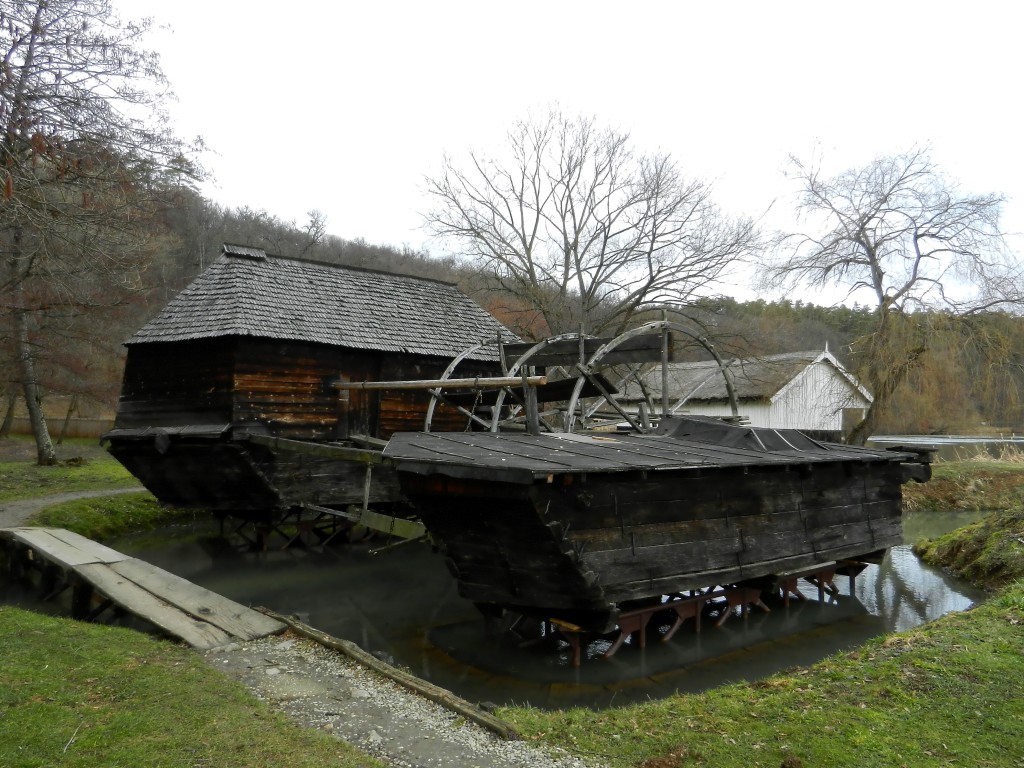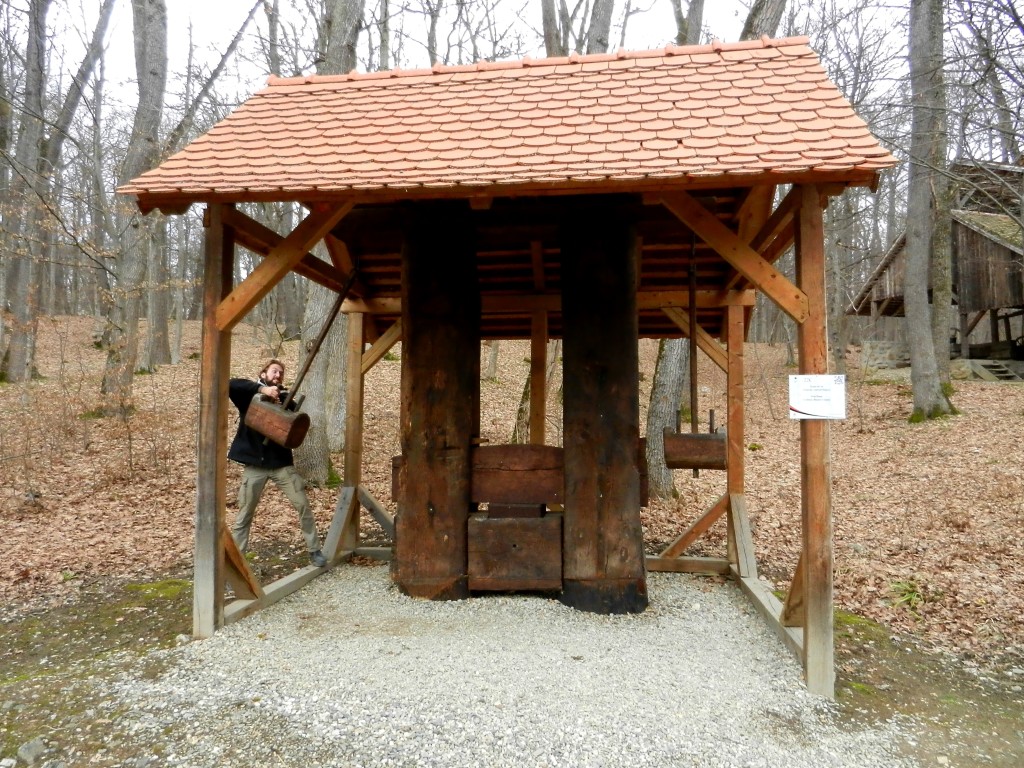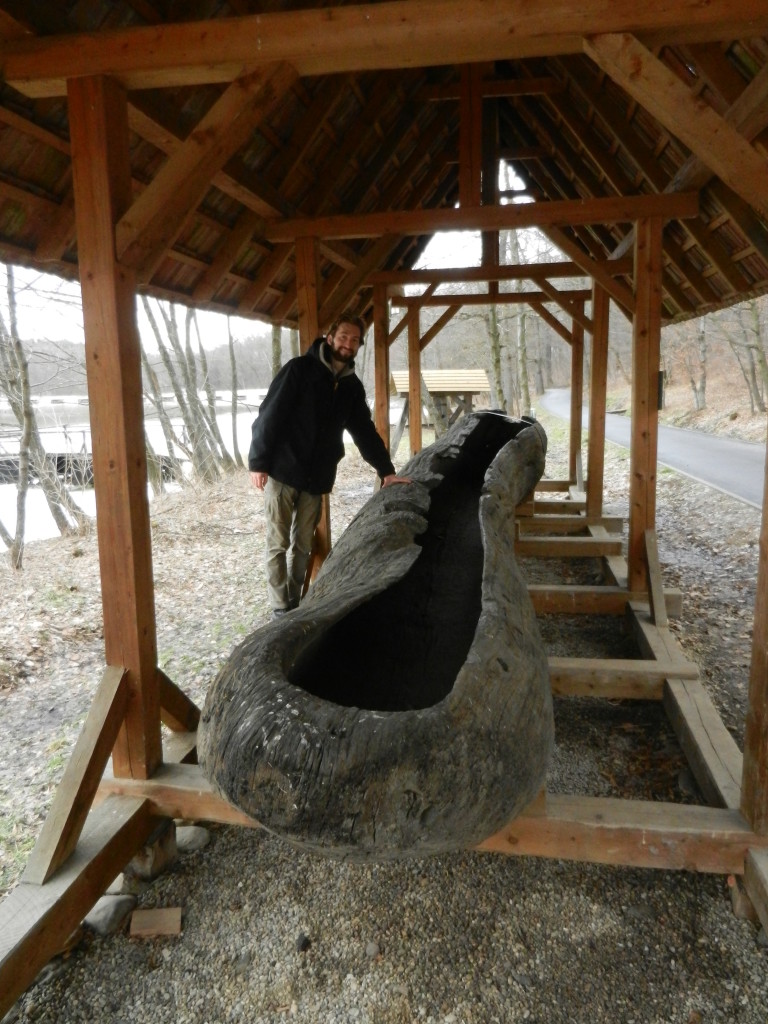We scored a pretty sweet Airbnb place in Sibiu, right outside the old city walls. It was in a perfect location for us to explore the old town and, since it was still pretty early in the year, the area was relatively quiet with just a few out-of-season tourists like ourselves.
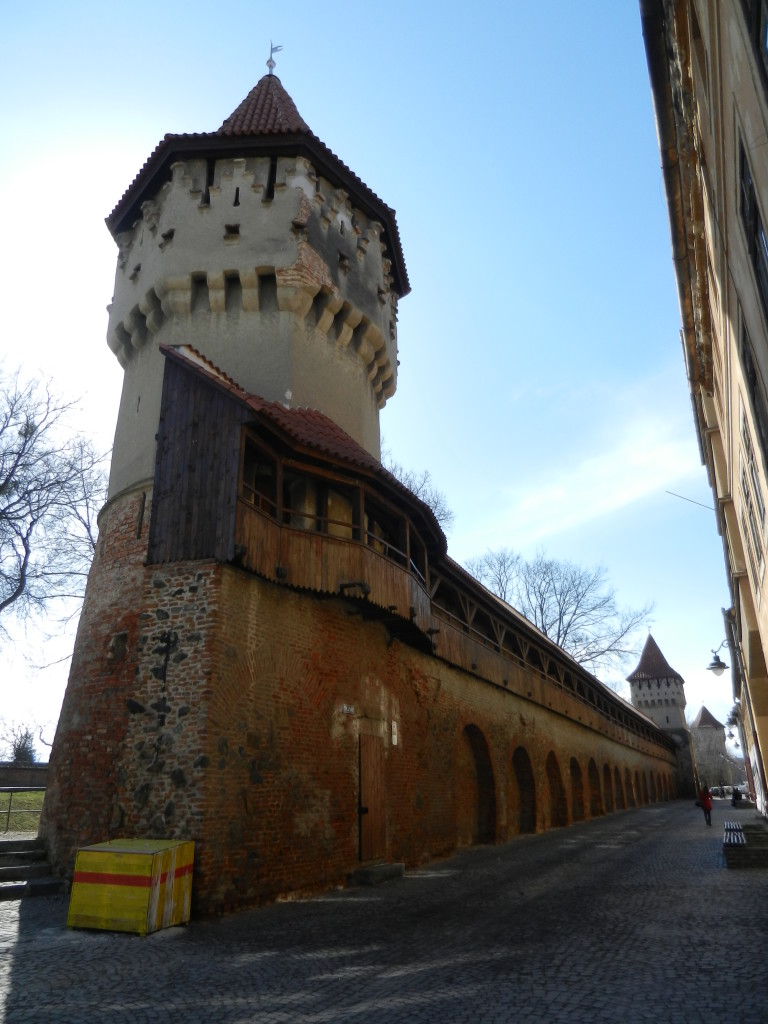
Sibiu (“Hermannstadt” in German) was the largest and wealthiest of the citadels built by the Transylvanian Saxons: German merchants who settled in the area around the 12th century. The vast amount of wealth accumulated by the guilds allowed Sibiu to flourish, and permited/encouraged construction of the city’s impressive fortifications. At one time, Sibiu boasted 39 defensive towers, four gates, and five artillery batteries in addition to the walls surrounding the city. Nathanael and I were lucky enough to be staying right outside from one of only three of the remaining defensive towers, the Carpenters’ Tower. Pretty hard to beat that, eh?
Just around the corner from us was the succinctly named Piata Mare, the Great Square. This main square is a great place to start your tour of Sibiu. In the square itself you can find Brukenthal Palace, an art museum that is actually the oldest museum in Romania and was one of the first to open in Europe, and the Holy Trinity Roman-Catholic Church. Passing underneath the Council Tower will lead you into Piata Mare’s little buddy, Piata Mica, the Little Square. This quieter, more peaceful square is lined with beautiful, old houses and historical buildings, sprinkled with cafés and restaurants.
Turning the corner past the Podul Minciunilor, or the Liars’ Bridge, you finally get to what was one of my favourite spots in Sibiu, the Evangelical Church. There are a couple reasons why this was a favourite of mine. First, I love it when churches have creepy decorations. Churches are usually so elegant and beautiful, it livens things up when you suddenly stumble across some bones or skulls! Near the front of the church was a massive coat of arms (I think?) complete with skeletons hoisting up a dead deer between them. Awesome. A second reason why visiting this church was great (and scary), was the stairway leading up to the tower, which looked like it hadn’t had a safety check in awhile. Laughing in fear, we followed a trail marked out with half-fallen safety tape (!) up several rickety looking sets of stairs and finally made it to the top. Our reward, besides the pigeon who kept flying past my head and made a German girl scream, was an incredible view of Sibiu.
The biggest highlight of our time in Sibiu though, was the Museum of Traditional Folk Civilization just outside of the city. Of a similar nature to the National Ethnographic Park we visited in Cluj-Napoca, this open-air museum features over 300 traditional buildings including homes, churches, workshops, and even windmills! We spent hours walking along the pathways (over 10 km worth, oy vey!) through the different themed areas (food production, raw materials, manufacture of household items, etc). Nathanael was most excited for the windmill collection (that’s right, COLLECTION!), which ranged from massive structures that we were amazed could even move to windmills that were probably meant for the use of a single family or small community.
We happened to be in Romania for Mărțișor! Mărțișor, meaning “little March”, is a Romanian celebration for the beginning of spring on the 1st of March. Everywhere you looked stalls were selling handmade Mărțișor charms of all shapes, sizes, and whimsy. The charms are tied with red and white strings which, I was told, symbolized the opposing forces in life/nature (man-woman, death-rebirth, etc), and are given as gifts. Apparently, in Daco-Romanian folklore, the colours also represent the passing winter (white) and the coming spring (red). It is believed that wearing the stringed charms will bring the wearer strength and health in the year to come. At the end of the month the wearer ties it to the branches of a fruit-tree. We had been seeing trees covered in old string bracelets for awhile, and it was nice to finally figure out the meaning behind it! What a nice tradition, eh?
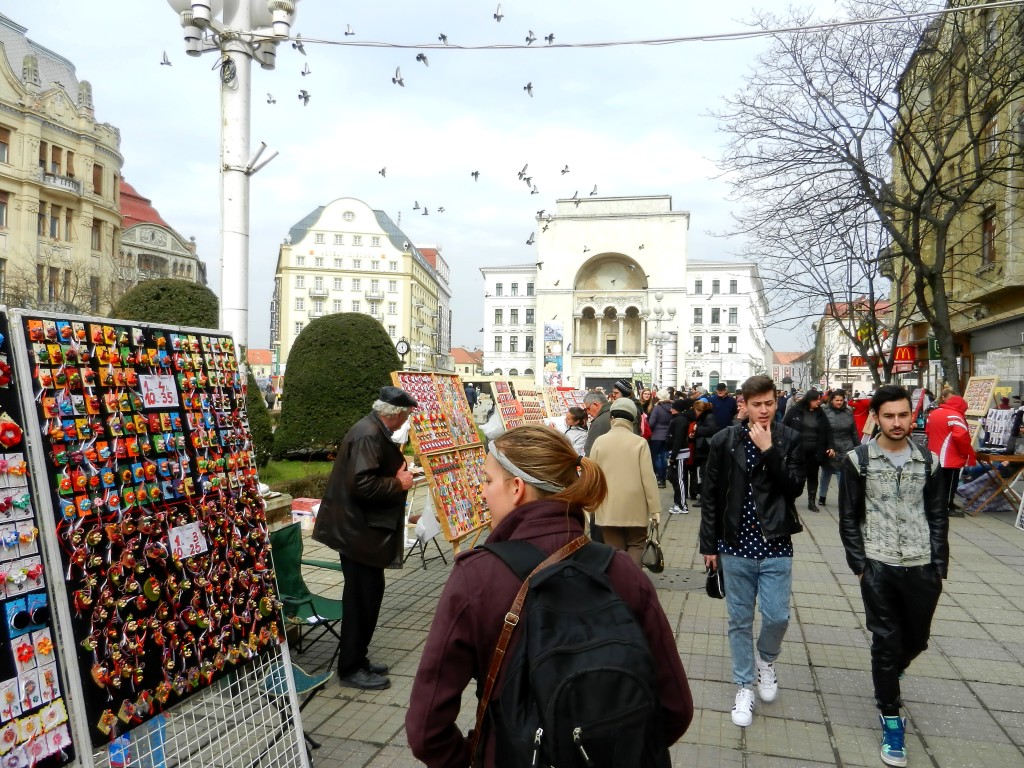
Romania has been an amazing place to experience. We had such high hopes and expectations for Transylvania, and we weren’t disappointed. In fact, I think we’ll have to come back one day because we kept discovering more places we wanted to see! So even though we’re leaving the beauty and mystery of Transylvania behind us for now, I think we’ll have to make sure our friends in Cluj-Napoca keep a room ready for when we come rolling through the mountains once again. 🙂
